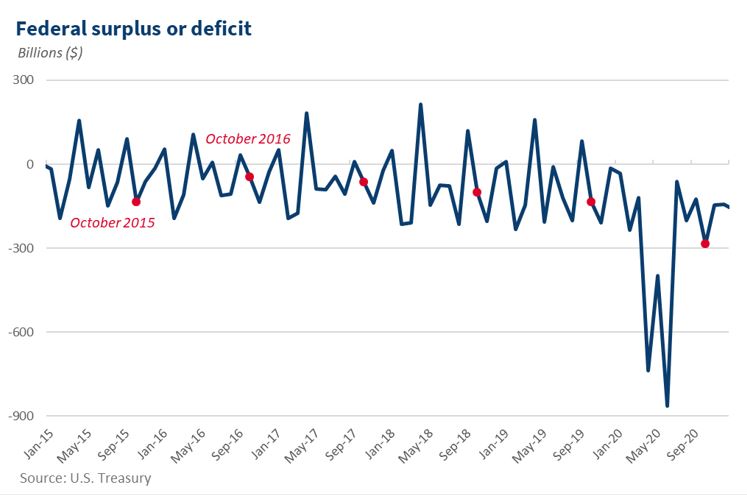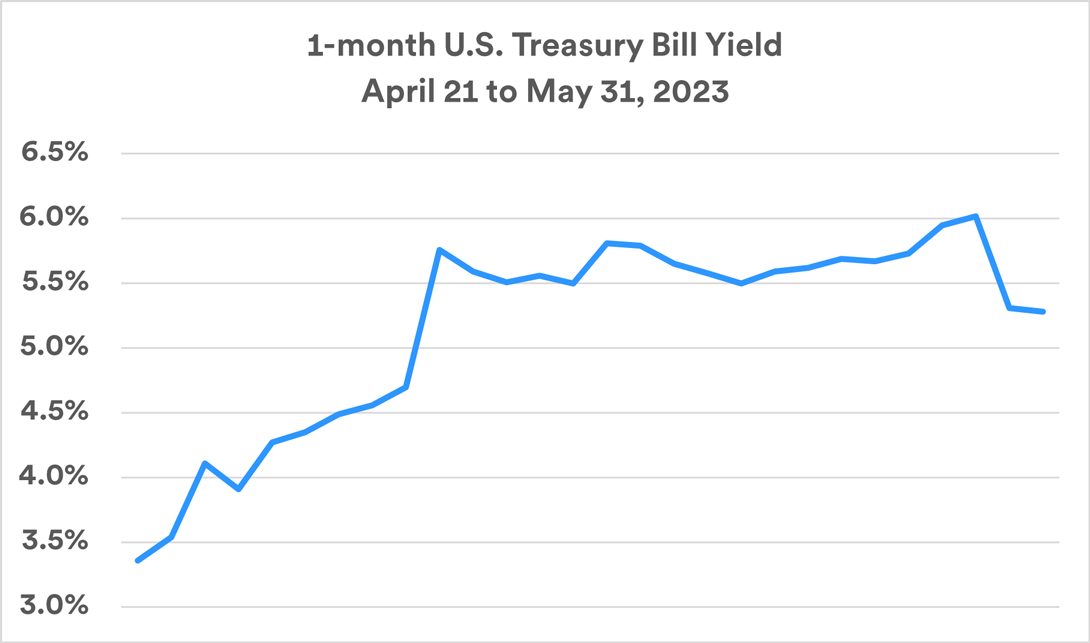The Debt Ceiling Debates: Understanding the Political and Economic Implications
The concept of the debt ceiling lies at the heart of government finance, playing a pivotal role in shaping both economic and political landscapes. Put simply, the debt ceiling represents the maximum amount of money a government is authorized to borrow to meet its financial obligations. It serves as a legal cap on the government’s borrowing capacity, essentially putting a limit on the total national debt that can be amassed. When this predetermined national debt capacity is reached, the government’s ability to issue Treasury bonds or bills and acquire additional funds is effectively halted. Should the outstanding debt come close to this ceiling, congressional approval becomes a necessity to raise it, enabling the government to secure more funds for its operations.
The Three Effects of The Debt Ceiling on the Economy
The accumulation of national debt, a direct outcome of government borrowing, casts a broad shadow over the economic landscape. Three significant effects emerge from the interplay between national debt and economic dynamics:
1. Interest Payments and Financial Strain:
The growth of national debt demands corresponding interest payments on the borrowed funds. As the debt swells, so do the interest obligations, often consuming a substantial portion of the government’s budget. Such interest payments can potentially divert funds away from vital public services, including education, healthcare, and the development of crucial infrastructure.

2. Crowding Out Investment:
Elevated levels of national debt can result in the crowding out of private investment. The government’s extensive borrowing creates competition with private borrowers for the available funds, causing interest rates for businesses and individuals to climb. This hike in interest rates can act as a deterrent to investment, potentially leading to a slowdown in overall economic growth.
3. Reduced Fiscal Flexibility:
A considerable national debt imposes limitations on a government’s capacity to counter economic downturns with fiscal stimulus. In the face of a recession or crisis, a government burdened with high debt levels might hesitate to ramp up spending or reduce taxes due to concerns about worsening its debt situation.
The Significance of The Debt Ceiling in Economics
Within this intricate balancing act, the debt ceiling emerges as a crucial mechanism to oversee and regulate government borrowing. Its role is to ensure that the national debt remains within manageable boundaries. The debt ceiling compels lawmakers to make complex choices concerning spending, revenue generation, and fiscal accountability.
During periods of economic expansion, governments might find themselves inclined to increase borrowing for investing in infrastructure, education, and technological advancements. Such investments have the potential to fuel economic growth and prosperity, with the expectation that the benefits will ultimately outweigh the borrowing costs. Nevertheless, if unchecked, this borrowing spree can result in an escalating cycle of debt accumulation.
Conversely, when faced with economic downturns, governments might resort to deficit spending to stimulate economic activity. This is where the debt ceiling presents a challenge. Upon reaching the ceiling, the government’s ability to implement fiscal policies that could potentially revive the economy is curtailed. This constraint can lead to prolonged economic hardships and reduced fiscal flexibility.

Navigating the Political Landscape
The debt ceiling is more than just an economic concept; it’s intrinsically entangled with political dynamics. Discussions revolving around the debt ceiling frequently expose deep-seated ideological divisions among political parties. These debates encompass critical issues such as budget management, tax increases, and fund allocation.
Partisan Gridlock:
Debt ceiling debates are notorious for laying bare the profound political divisions within a nation’s legislative body. Such debates can easily descend into partisan deadlock, with different parties exploiting the situation to advance their respective agendas. The specter of a government shutdown or even default becomes a bargaining tool, often leading to tense negotiations.
Uncertainty and Investor Confidence:
Prolonged debates and the uncertainty surrounding the debt ceiling can have a corrosive effect on investor confidence. Financial markets are acutely responsive to uncertainty, and as the deadline for an agreement draws near, stock markets can experience heightened volatility, and bond yields may exhibit fluctuations.
Public Perception:
The government’s handling of the debt ceiling debate significantly influences public perception of its competence in managing the economy. A failure to raise the debt ceiling promptly can breed doubts about the government’s fiscal responsibility and overall stability.
Conclusion
Beyond being a mere financial technicality, the debt ceiling stands as a linchpin that holds together the intricate dance between politics and economics. It exemplifies the delicate equilibrium governments must strive for – one that encourages economic growth while maintaining fiscal prudence. As discussions and debates concerning the debt ceiling continue to mold both economic and political landscapes, comprehending its implications becomes indispensable for citizens, policymakers, and investors alike. The debt ceiling serves as a reminder that the journey toward economic prosperity requires a harmonious interplay of judicious borrowing, responsible spending, and the pursuit of sustainable growth.




4 Comments